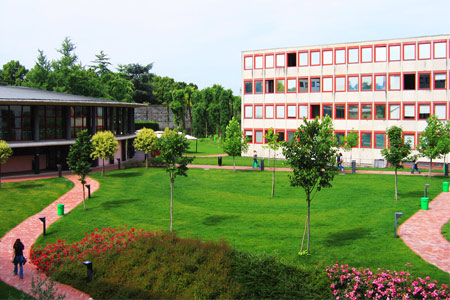- Department

Overview
Contact us
- Research

Research at a Glance
Research activities
Research Facilities
- Teaching

Courses
PhD programmes and postgraduate courses
Teaching services
- Public Engagement

Information for community
Innovation and partnership
Contact us
- People
- contacts
-




